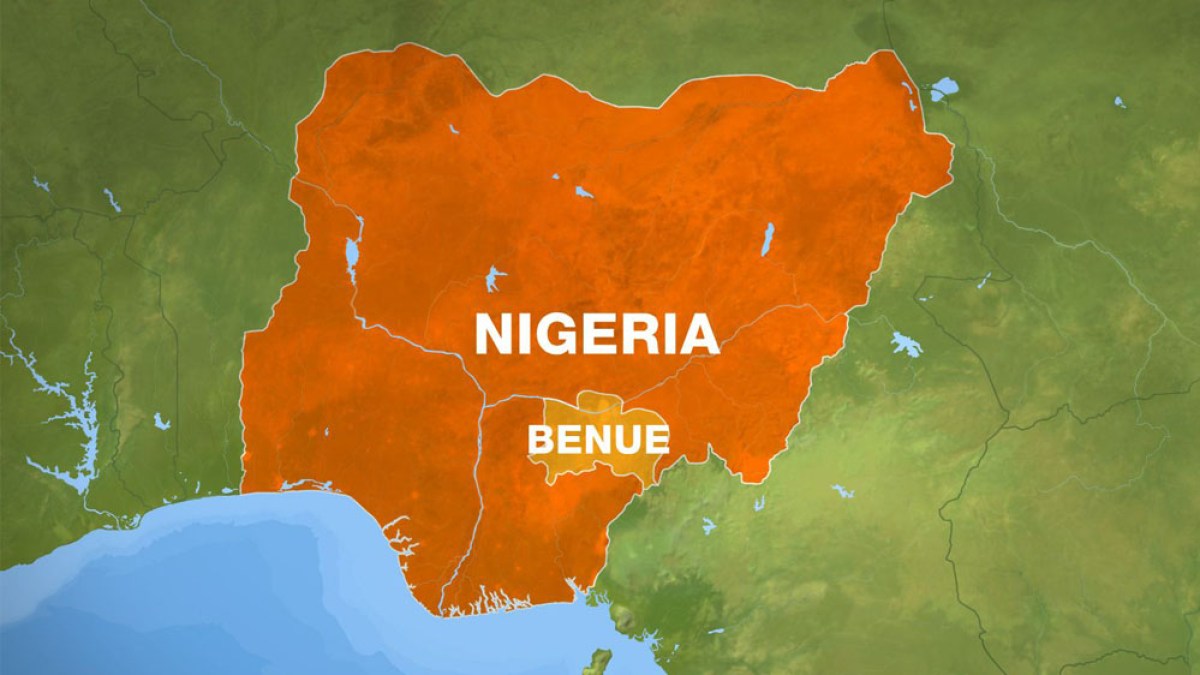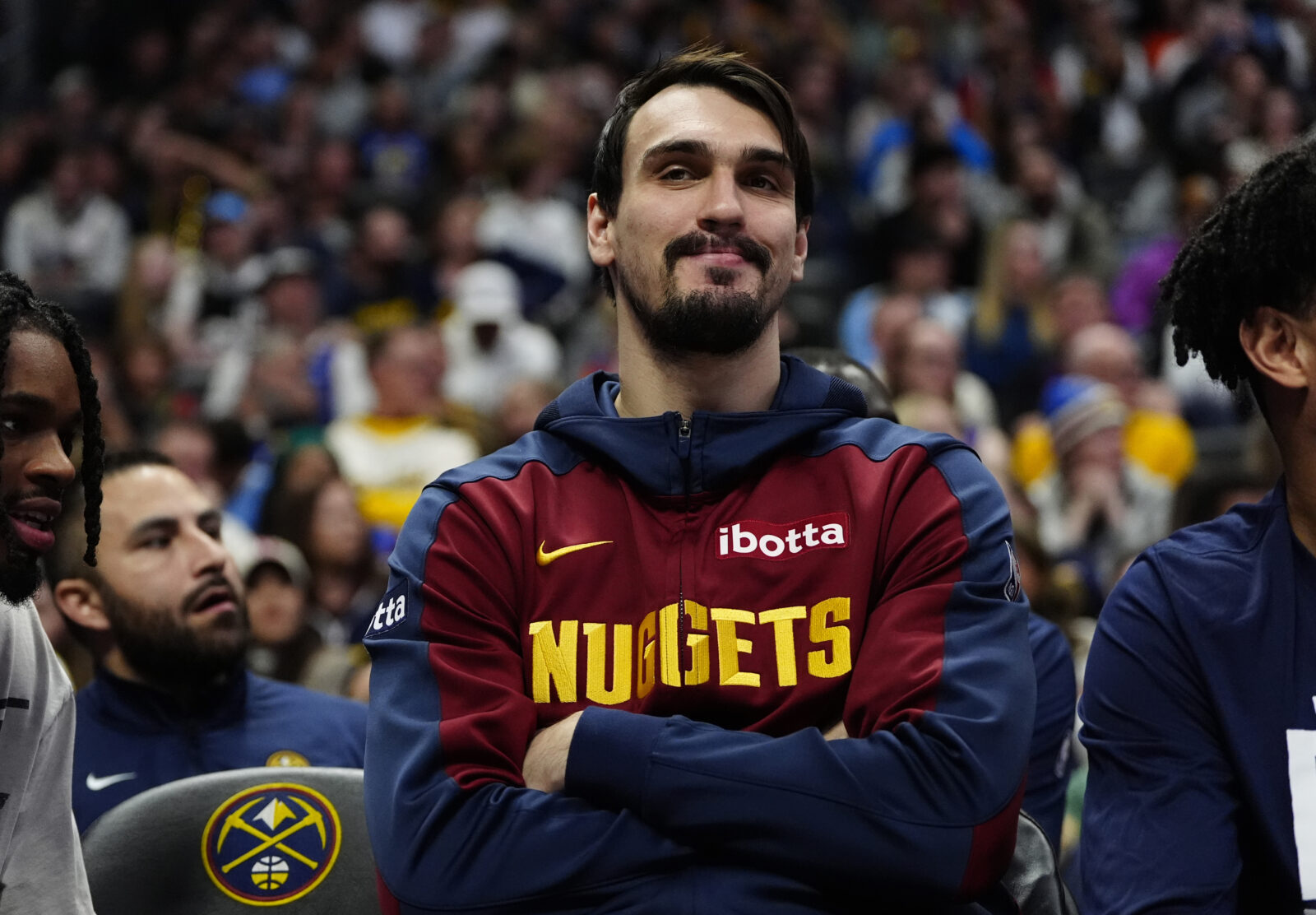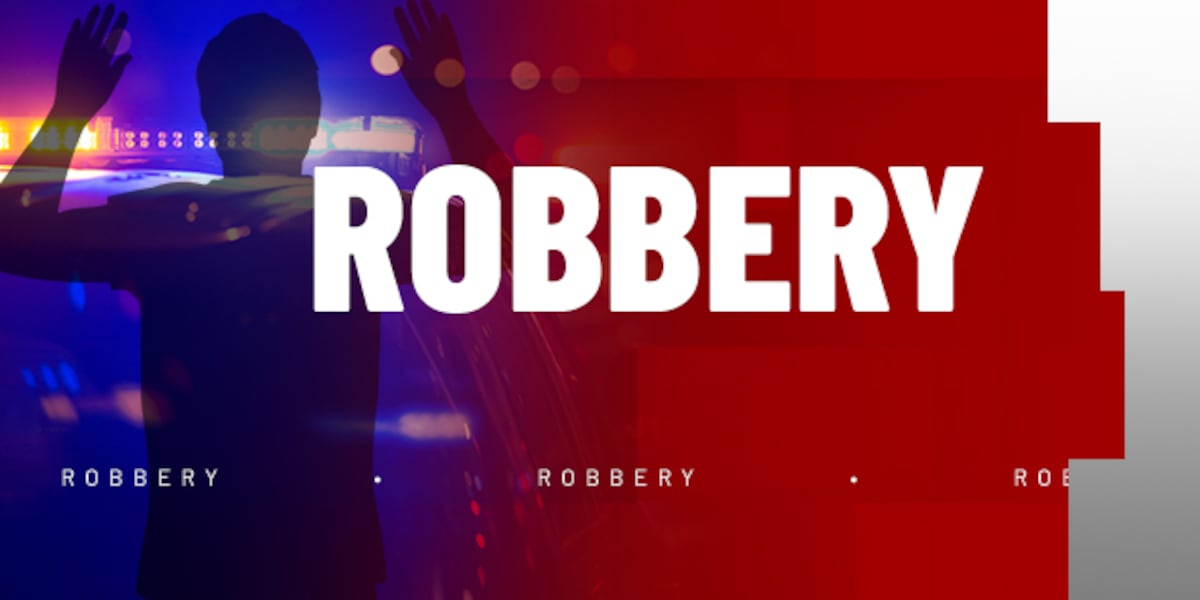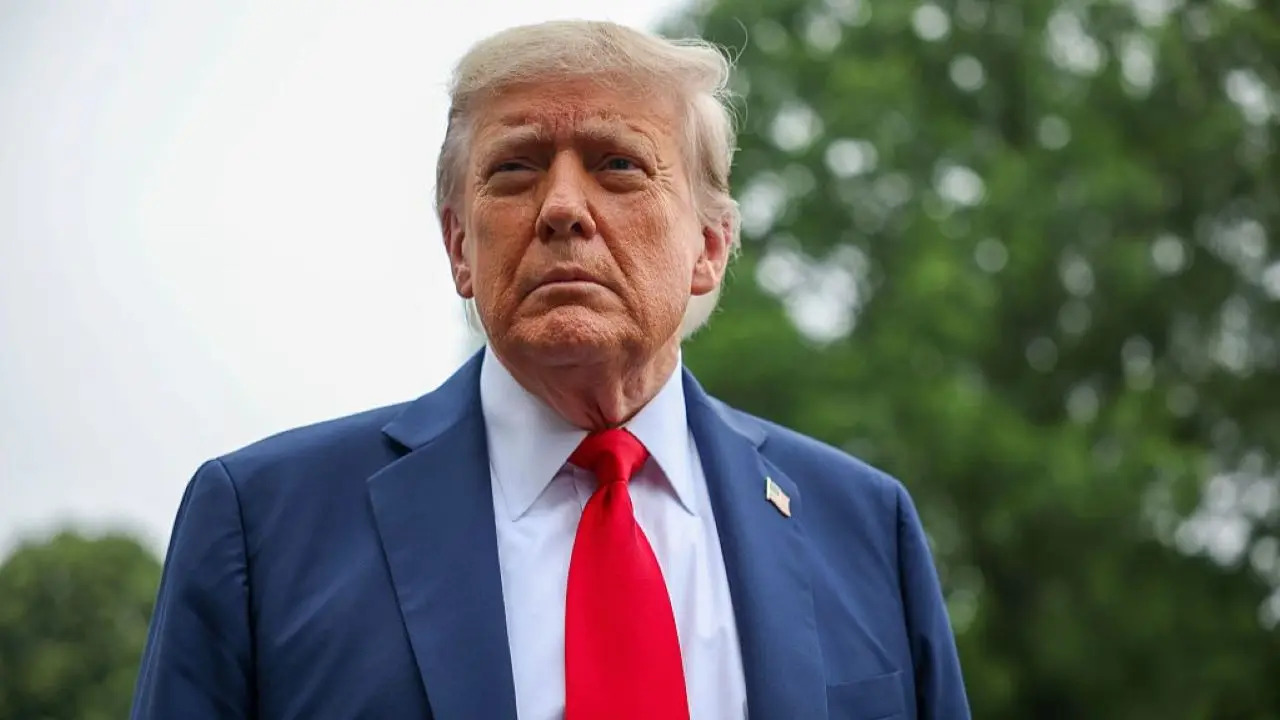Culture
Visually impaired NBA fans experience the game on a new level with haptic device

PORTLAND, Ore. — Brian Vu has been a fan of the NBA for 14 years, but he has never experienced a game like the one he attended last week in Portland.
Not only did his hometown Trail Blazers beat the Memphis Grizzlies, but also for the first time in his life, Vu said he felt involved in the game, every bit a part of the 18,491 in attendance at Moda Center.
Vu, who has low vision, didn’t see one play during the Blazers’ 115-99 win. But he felt every score, every turnover, every shot.
The 32-year-old Vu used a haptic device that allowed him to follow the action in real time through vibrations felt through his fingers. The device was unveiled this season by Seattle-based OneCourt. After three pilot trials last spring, the Trail Blazers in January became the first NBA team to offer the service to fans. Since then, Sacramento and Phoenix also have been offering the devices at games.
Using a laptop-sized device that has the outline of the basketball court, visually impaired users feel vibrations that indicate ball movement. An earpiece gives updates on the score, as well as the result of a play, whether it’s a steal, block, 3-pointer or something else.
OneCourt founder Jerred Mace likens the concept to a tactile animator, creating the illusion of movement through pixels.
“We’ve basically built this display that functions similarly to a visual screen, but instead of pixels that you see, these are pixels that you feel,” Mace said.
So while Vu couldn’t see Blazers guard Scoot Henderson, his favorite player, zip through the defense for a layup, he could feel the play through his fingertips, which were spread out over the device that rested on his legs.
Brian Vu uses the OneCourt device for the visually impaired to follow along at a live Portland Trail Blazers game. (Jason Quick / The Athletic)
Vu said his fan experience had changed exponentially.
“It’s pretty cool. I feel more independent,” Vu said. “I’m usually bugging my friend during the game, asking him, ‘What’s happening?’ So now, I can interpret the game in my head … and I don’t feel excluded.”
Vu attended the Blazers-Grizzlies game with his friend James Kim, the recipient of many of Vu’s elbow jabs and questions during games over the years. As the Blazers pulled away in the third quarter, Kim and Vu were in sync, oohing and aahing when Shaedon Sharpe dunked or Donovan Clingan rejected shots.
“Usually, he’s like, ‘Who shot that? What just happened?’ It was not that big of a deal for me, but this is definitely an upgrade,” Kim said of Vu. “He can enjoy the game without having to stop and get the details from me, so I think it’s great for him.”
Vu’s experience is exactly what Mace hoped for when he brainstormed the idea as a student at the University of Washington. Mace, 24, grew up in Spokane, Wash., with parents with disabilities. He also wore glasses so thick he was called “goggles” by classmates. He had astigmatism in his left eye — what people could see 80 feet away, he would see at only 20 feet — and although his vision improved through surgeries and by wearing a patch over the right eye, he was left with a lasting empathy and understanding for those with disabilities.
“You bundle those experiences together, and I think that just primed my heart for this work,” Mace said. “I think it’s given me a ton of perspective and appreciation for what it’s like to experience the world differently.”
During his junior year at Washington, he was surfing through social media when he discovered a video of a blind person watching a soccer match. A woman in the stands moved his hands across a board to mimic the game action.
The idea of OneCourt was born.
“The physicality of that experience stood out to me, and as someone who struggled with vision, it was such an appealing intersection for me,” Mace said.

The OneCourt staff, led by founder Jerred Mace (far right), has produced an effective way for visually impaired fans to enjoy athletic events. (Courtesy of OneCourt)
He presented his idea at the University of Washington’s 2022 Science and Technology Showcase. The idea was in its infancy, just a research poster with no physical product, but it won first place and a $2,000 prize.
The contest used tennis as the example, but Mace had broader aspirations. The key, he knew, would be linking the idea with readily available data. Beginning with the 2023-24 season, all NBA arenas were equipped with optical tracking technology, which captures player and ball movement in real time. The NBA says up to 20 tracking devices are stationed in the rafters of each arena.
Mace reached out to the Trail Blazers with the idea and, with their help, was introduced to the NBA. The league has seen value in working with Mace.
“We’ve been thrilled to work with Jerred and the team at OneCourt to use technology to help advance their mission of enabling visually impaired fans enjoy NBA games,” said Jason Bieber, the NBA’s vice president of new business ventures. “We’re especially excited to have OneCourt in the current cohort of NBA Launchpad companies so we can continue to partner and explore even more possibilities in the space.”
Within four months, Mace had access to the NBA data and began running pilot tests at the end of last season.
“The NBA is innovative when it comes to technology like this and when it comes to accessibility for their fans,” said Matthew Gardner, the Blazers’ senior director of customer insights. “They saw the good that it could do, and they were like, ‘Hey, no problem. We’ll unlock it for you.’”
Mace added: “I think (the NBA) is always looking for new applications for their data, and this happens to be a very special one. It’s not analytics on the back end. It’s not sports betting on the front end. It’s something that had the potential to change someone’s life and their entire experience and relationship with sports.”

A Blazers fan claps while a OneCourt device rests on his lap. The device creates a focused, yet intimate game-day scene for the visually impaired. (Courtesy of Portland Trail Blazers)
Vu and Kim can attest: When Vu experienced the Blazers game with the OneCourt device, it was a game changer. From their end zone seats, Vu and Kim were as locked in and vocal as anyone in the arena.
Vu couldn’t clap because it would cause his hands to lose track of the action. But his legs were in constant movement, and he joined in with the crowd chanting “DE-FENSE! DE-FENSE!”
“There was a steal, and you can feel the vibration go to the other side — really fast — and I got super excited,” Vu said. “I knew why the crowd was cheering. Before, I wouldn’t understand what was happening.”
Vu estimated he used to go to Blazers games once a year. It was exciting to hear the crowd and the sounds, but he always felt detached and behind.
“Now it’s a whole different experience,” he said. “I’ve got the best of both worlds.”
Kim could only smile as he watched Vu’s hands moving quickly across the device, his feet nervously tapping.
“He’s really into the game,” Kim said, nodding toward his friend. “He’s, like, zoning in on it.”
Gardner said several other NBA teams have called and asked him for feedback after the Blazers debuted the device on Jan. 11. He tells the teams that nearly every home game has had at least one device checked out, and offering the device is essential to the fan experience.
“Being a fan should be for everybody,” Gardner said. “This unlocks an entirely new world for our fans who are blind and have low vision. We’ve seen it across all the faces of those who have used it so far.”
Mace said his company of eight employees, five of whom work full time, is bracing for the demand as more teams inquire about the services. Portland and Sacramento have five devices that can be reserved ahead of time or checked out on the concourse, while Phoenix has 10 devices. Fans do not need to pay for the device, thanks to Ticketmaster, an NBA sponsor.
Mace says the impact expands beyond the number of people using the device.
“One might think, ‘Oh, this device just impacts five people in a stadium.’ But really, the ripple effects are incredible,” Mace said. “Now, the circle of who is going to the game — friends and family — has expanded because everyone can share the experience.”
Vu said the device was easy to use after listening to a two-minute tutorial, but he wishes the audio could include specific indications, like which player has the ball and which player is shooting. Those could be updates for the future.
For now, Vu said knowing the Blazers offer the device increases his chances of attending more games.
“Oh, 1,000 percent,” Vu said. “Instead of maybe one game a year, I could see myself going to five a year. It’s just a better experience.”
(Top photo courtesy of Portland Trail Blazers)

Culture
Match Five International Cities to Popular Book Titles

A strong sense of place can deeply influence a story, and in some cases, the setting can even feel like a character itself. This week’s literary geography quiz highlights fictional works with the names of real international cities in their titles. To play, just make your selection in the multiple-choice list and the correct answer will be revealed. Links to the books will be listed at the end of the quiz if you’d like to do further reading.
Culture
Match These Books to Their Movie Versions

Welcome to Great Adaptations, the Book Review’s regular multiple-choice quiz about books that have gone on to find new life as movies, television shows, theatrical productions, video games and more. With the summer-movie season here, this week’s challenge is focused on novels that went on to become big-screeen adventures. Just tap or click your answers to the five questions below. And scroll down after you finish the last question for links to the books and their filmed versions.
Culture
Book Review: “The Möbius Book, by Catherine Lacey

THE MÖBIUS BOOK, by Catherine Lacey
The first thing to know about “The Möbius Book,” by Catherine Lacey, is that it is actually two books. One is a novella with a hint of murder mystery. Start from the opposite side, flipping upside down — how will this work on a Kindle? — and you’ll find the other: a memoir of breakup and friendship during the pandemic, interspersed with musings on religion.
Where will bookstores put this loopy blue thing? Amazon, with unusual resourcefulness, has nested it for now under Self-Help/Relationships/Love & Loss (though I’d wager the author’s core audience avoids Amazon).
One has come to expect such formal experiments from Lacey, especially after her bravura “Biography of X”: not a biography of anyone real, but a footnoted, name-dropping, time-melting fourth novel that made many best lists in 2023.
There are plenty of names pelted into “The Möbius Book,” too — author friends like Heidi Julavits and Sarah Manguso, and many others — but one notably missing in the memoir part is that of Lacey’s ex, which gentle Googling reveals is yet another writer, Jesse Ball. Here he is referred to as The Reason: the literary-circle equivalent, maybe, of The Weeknd.
He is the “reason” why she has become a visitor to, rather than a resident of, the house they bought together, after receiving an email he sent from another room, composed on his phone, telling her he’d met another woman. (At least not a Post-it?) He is also, or so she believed, a pillar of masculine rationality. With tattoos.
The Reason has control and anger issues. He noticed when Lacey, or her memoiristic avatar, put on weight and advised her how to take it off. After they split she found it hard to eat for a time.
The Reason, unreasonably, refused to use a laptop, so she had done most of his paperwork, participating “in the long lineage of women licking stamps for their geniuses.” He once called her “a crazy, sexist autocrat” when she wanted to leave a light on in a stairwell for a female guest. Sometimes he would surprise her — “playfully,” he insisted; unpleasantly, she felt — with a smack on the rear. When not threatening or cold, he seems a little absurd in this telling, playing funeral hymns on a shakuhachi.
There was a time when such narratives were lightning bolts cast down on the world of letters, causing considerable shock waves. (I’m thinking of Catherine Texier’s 1998 “Breakup,” about the dissolution of her marriage to Joel Rose, and even Rachel Cusk’s 2012 divorce memoir “Aftermath.”) But Lacey isn’t scorching earth — she’s sifting it, flinging fistfuls of dirt and thought at us.
With characteristic keenness she notes how “The Reason’s name had burrowed into everything, like glitter in shag carpet.” How mundane language pops out with new meaning in the fog of post-relationship grief (“Even the copy on a jar of peanut butter tried to offer advice — Separation is natural”). She reflects on her religious childhood and her once-authoritarian, now-infirm father. She consults — and sometimes curses — Simone Weil, Seneca and William Gass. She hooks up with a new fellow she dubs, naturally, The Bad Idea.
Lacey runs the same list of acknowledgments and credits at the end of both novella and memoir. There are similar themes, but also an element of “Hey, you got your chocolate in my peanut butter!” in their juxtaposition. The fiction is shorter, noirish and elliptical. Was yoking it to the fiction an organic, creative act — whatever that is, we’re maybe meant to consider — or a clever packaging solution for two not-quite stand-alones?
A woman named Marie welcomes a friend, Edie, into her grim apartment on Christmas, noticing — is this a nightmare? — a pool of blood spreading outside a neighbor’s door. They both write it off as “just paint” so they can sip mezcal, eat crustless sandwiches and talk about failed relationships, some mediated or complicated through another, friend, Kafkaesquely called K.
They are both reputed in their circle to be in some kind of “crisis.” (Marie’s Crisis happens to be an excellent piano bar in the West Village of Manhattan, but, as Lacey writes, “no one cares about anyone else’s coincidences.”) Their interlocked stories drip with aphorism (“it is a fact that when one living thing rests its chin on another living thing, everything is fine”), defy summary and might all be a fever dream anyway.
“The Möbius Book” invites the reader to consider the overlaps between its two parts, an exercise both frustrating — all that turning back, forth and upside down — and exhilarating, because Lacey is imaginative and whimsical when considering reality, and sees truth in make-believe. The curving strip is like Lewis Carroll’s looking glass. Both halves share a broken teacup. Twins! A violent man. Bursts of sarcastic laughter. A dying dog (God?) with important spiritual wisdom to share.
Depending on how you twist, this book — defying the linear story, homage to the messy middle — is either delightfully neo-Dada or utterly maddening.
Or, as Lacey puts it: “Symbolism is both hollow and solid, a crutch, yes, but what’s so wrong with needing help to get around?”
THE MÖBIUS BOOK | By Catherine Lacey | Farrar, Straus & Giroux | 240 pp. | $27
-

 Arizona6 days ago
Arizona6 days agoSuspect in Arizona Rangers' death killed by Missouri troopers
-

 News1 week ago
News1 week agoAt Least 4 Dead and 4 Missing in West Virginia Flash Flooding
-

 News1 week ago
News1 week agoOakland County sheriff urging vigilance after shootings of 2 Minnesota lawmakers
-

 Culture1 week ago
Culture1 week agoBook Review: “The Möbius Book, by Catherine Lacey
-

 Technology1 week ago
Technology1 week agoTanks, guns and face-painting
-

 News1 week ago
News1 week agoVideo: Trump's Military Parade Met With Nationwide Protests
-

 World1 week ago
World1 week agoAt least 100 people killed in gunmen attack in Nigeria: Rights group
-

 Business5 days ago
Business5 days agoDriverless disruption: Tech titans gird for robotaxi wars with new factory and territories



















